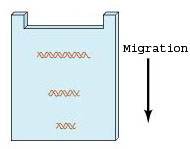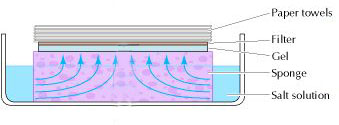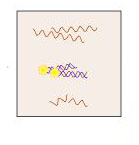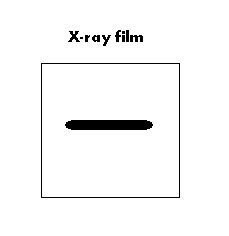A technique developed by E. M. Southern in 1975 for the detection of a specific DNA sequence (gene or other) in a large, complex sample of DNA (e.g. cellular DNA). It is also used to determine the molecular weight of a restriction fragment and to measure relative amounts in different samples. Under optimal conditions, Southern blotting detects ~ 0.1 pg of the DNA of interest.
Uses:
Southern
blots are used in gene discovery and mapping, evolution and development
studies, diagnostics and forensics.
In
regards to genetically modified organisms, Southern blotting is used as
a definitive test to ensure that a particular section of DNA of known genetic
sequence has been successfully incorporated into the genome of the host
organism.
|
|
|
| 1 | The DNA to be analyzed, such as the total DNA of an organism, is digested to completion with a restriction enzyme. For an organism with a complex genome, this digestion may generate millions of specific restriction fragments. (As opposed to that, the example illustrated here relates to a short DNA sample.) |
 |
| 2 | The complex mixture of fragments is subjected to gel electrophoresis to separate the fragments according to size. However, when total DNA of an organism is digested many different fragments are of exactly the same length, and these do not separate from one another. (That is not the case illustarted here.) |
 |
| 3 | The restriction fragments present in the gel are denatured with alkali and transferred onto a nitrocellulose filter or nylon membrane by blotting. This procedure preserves the distribution of the fragments in the gel, creating a replica of the gel on the filter. The blot is used because probes do not readily diffuse into the original gel. |

Resulting filter (a replica of the gel)  |
| 4 | The filter is incubated under hybridization conditions with a specific radiolabeled DNA probe. The probe hybridizes to the complementary DNA restriction fragment. |
 |
| 5 | Excess probe is washed away and the probe bound to the filter is detected by autoradiography, which reveals the DNA fragment to which the probe hybridized. |
 |

Animations
and Figures Illustarting Southern Blotting and its Uses
|
|
|